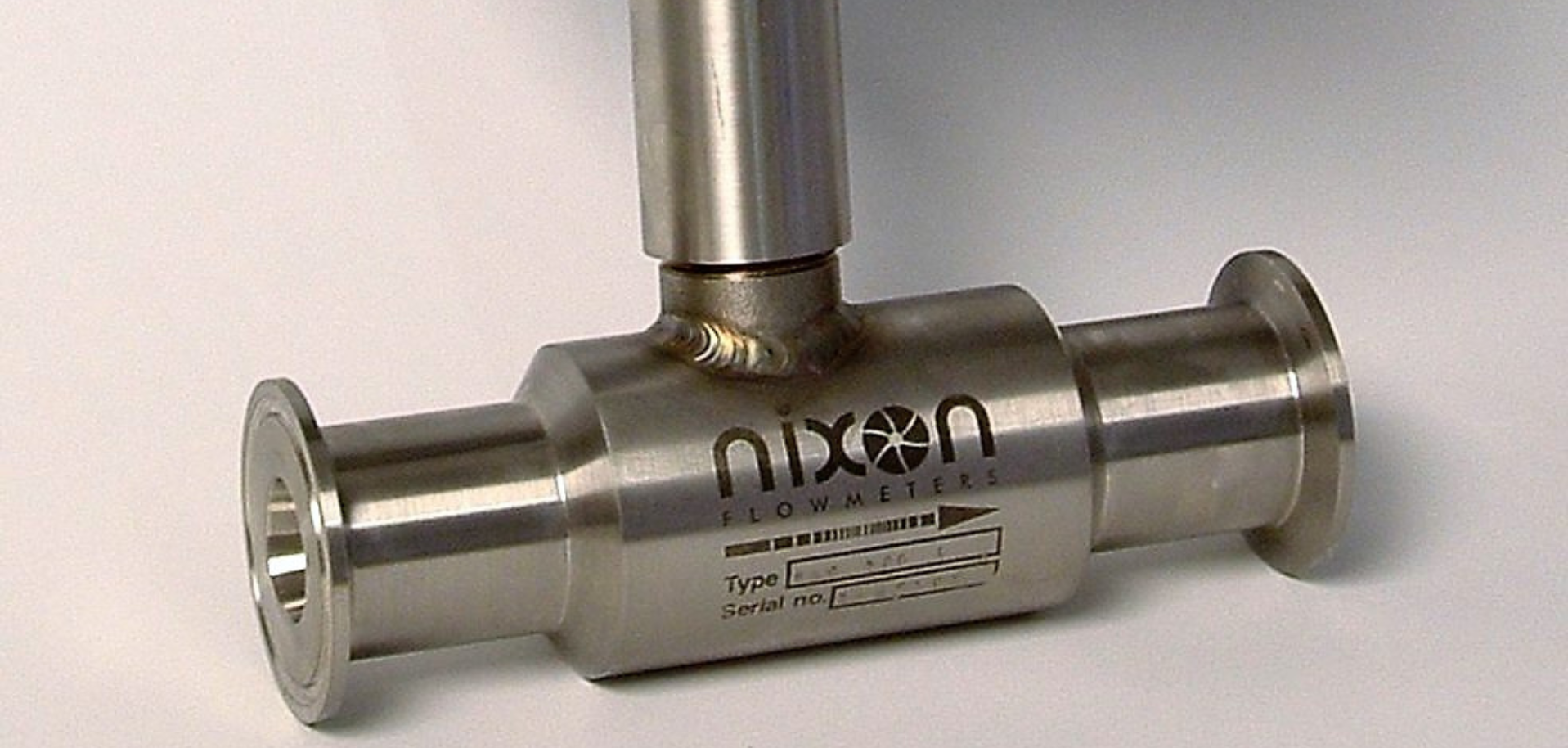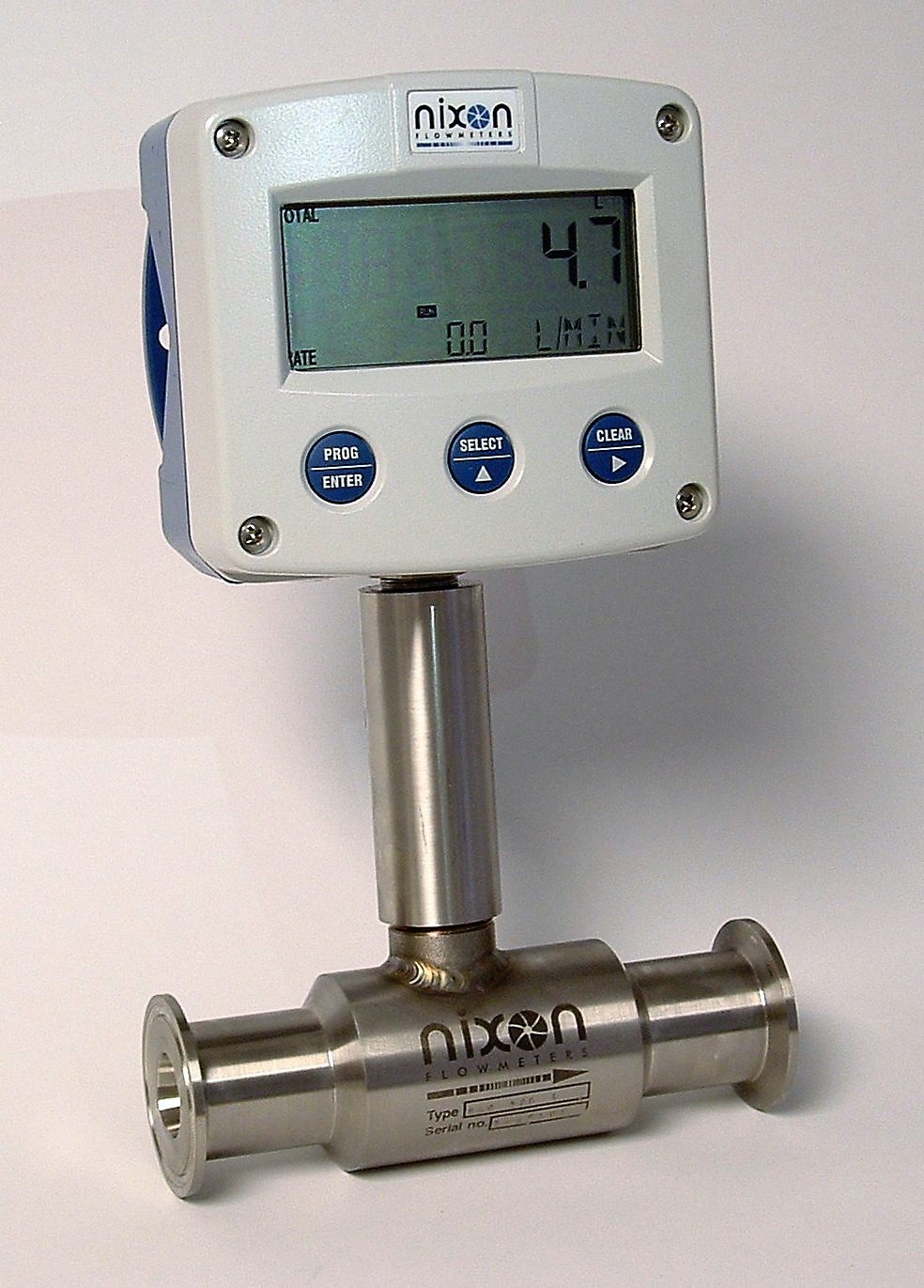
The Flow Meter Minefield
One of the most common questions we get asked about flowmeters is - ...’ what flowmeter would you recommend for my application?’...To the untrained eye, flow meter technology may initially seem like navigating a minefield. There are so many varied and different types of flow meter technology available.
However, it needn’t be if you’re armed with some basic on information about what your application will be, we can quickly narrow the search down.
To help you though the potential minefield, we have listed below some of the most common questions we would ask before recommending a suitable flowmeter for your application.
Liquid or gas flow measurement?
Some types of flowmeter technology can be used on both liquid & gasses. However, while some flow meters will the flow of gases or liquids, they have to be calibrated appropriately. For example, our range of variable area flow meters can be supplied with either liquid or gas scales for ease of deployment and use.
The same applies to our own in-house range of Turbine flowmeters, which can be fitted with bearings suitable for either low Viscosity liquids or dry gasses. In addition, flowmeters can be supplied with analogue or digital readout for ease of logging and/or interpretation.
Flow rate indication, totalisation or both?
Flow meters can be supplied to give you a visual (either analogue or digital) indication of the current flowrate through the pipe or a totalised flow. Versions with a non-resettable totaliser, similar to a domestic type water meter are available as well as the re-settable type.
Our range of 100 series displays fitted to our Turbine flowmeters, can display both the flowrate & have a resettable & non-resettable totaliser function.

The flow range
The flow range is a vital factor when specifying & sizing a flowmeter, as too is the internal bore of the pipe in which the flow takes place. The flow range refers to the minimum flow you need to the flowmeter to measure / read down to and also your anticipated maximum flow. Most flowmeters operate most accurately over a 10:1 turndown. As an example, see below:
10-100 l/min. An Electromagnetic flowmeter
The aforementioned flow meter can operate over a slightly larger turndown, although at a slight reduction in accuracy. We always try and size the flowmeter so that your typical nominal flowrate is around 50% (mid-point) of the flow range.
Pipe size
Equally as important to the flow range when specifying a flowmeter is the size of the pipe in which it is going to be installed. We can supply flowmeters to cover anywhere from 5mm up to 2000mm pipes. Connection types from threaded (for example BSP, NPT, SAE etc.), flanged (ANSI, Din), high Pressure (WECO) & also dedicated Hygienic type (RJT, Tri-clamp, DIN11851). Large pipe sizes can be accommodated using an Ultrasonic flowmeter.
These are non-invasive clamp-on type flow meters that strap directly onto the outside of pipes. Because they aren’t inline (inside the tube), they tend to be a much more cost-effective option on very large pipes.
At the other end of the spectrum, our range of small Glass tube variable area flow meters, the NFX, are very small ¼” units & can measure (both liquids & gasses) just a few cc/min.
Accuracy
Typically, accuracy is defined in two different terms as follows:
- Percentage of reading (AR)
- Percentage FSD (Full-scale deflection).
A flowmeter with an accuracy stated as AR (of reading) will be the same over the full range of the flowmeter. Flow meters with an accuracy based on FSD will find the error increases as the flow rate falls. For applications where high accuracy is required such as custody transfer, dosing & filling machines and other critical measurement applications, a flow meter with accuracy based on the percentage of reading is required. Our Turbine flowmeters, for example, have an accuracy of +-/ 0.5% AR (or reading) & repeatability of +/-0.1
For more information about flowmeters and to find out which is right for your particular application, contact Nixon Flow Meters today.


